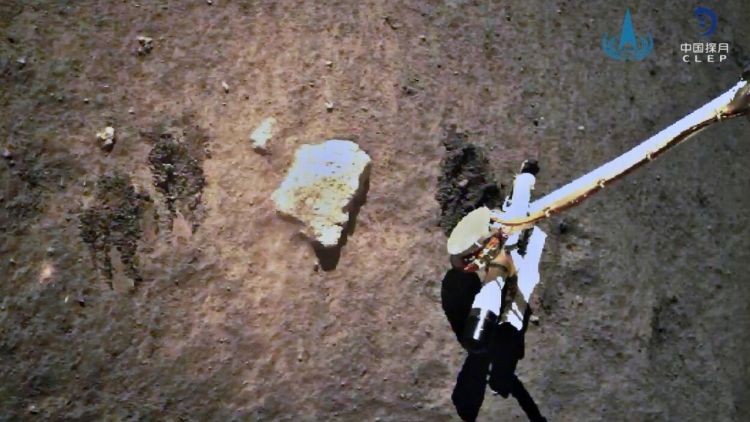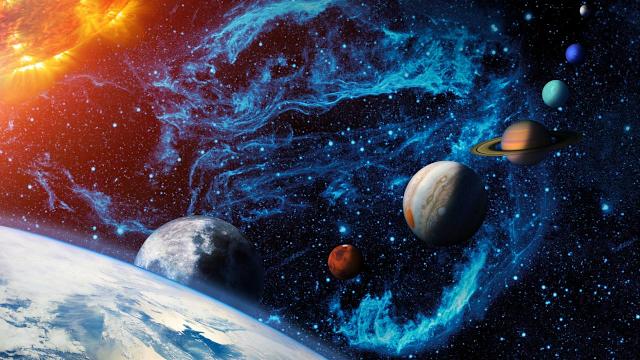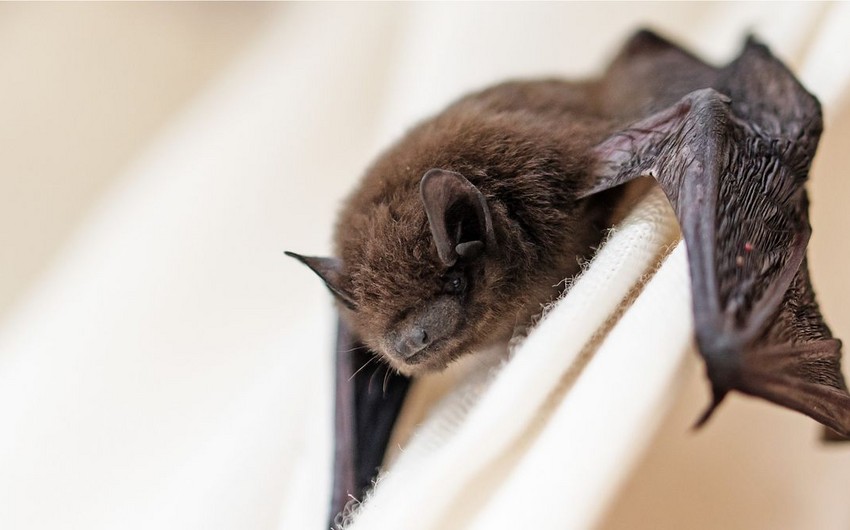Scientists detected water on the moon, and for the first time they can say they literally found it while on the lunar surface, Mashable news reports.
A Chinese lunar lander returned more than 60 ounces of soil and rock samples from its trip to the moon in December 2020. But before Chang’E-5 arrived back on Earth, the spacecraft used an onboard instrument to take measurements there on the spot. Based on the readings, scientists about 239,000 miles away on Earth knew it had likely encountered water.
Water is a rare resource in deep space. Given that it’s a vital, life-sustaining ingredient, the scarcity of it beyond Earth presents an obstacle for people to explore space. Scientists have been interested in whether the moon's tiny bit of water could be tapped for astronauts to use while away from the planet for a long time.
A research team, led by scientists at the Institute of Geology and Geophysics of the Chinese Academy of Sciences, saw signs of water in the probe's data, identifying H2O molecules based on their distinct spectral reflectance, a measurement of how something reflects or absorbs the sun’s radiation. The study was published last week in Science Advances.
The Chang’E-5 detection shows there might be more water on the moon than expected, said Matt Siegler, senior scientist for the Planetary Science Institute, a nonprofit based in Tucson, Ariz.
“I'm sure there are a lot of American scientists who are jealous that we didn't have the lander on the moon to do this measurement,” said Siegler, who was not involved in the study. Siegler will be part of NASA’s Artemis team for its rover mission next year to drill for ice at the moon’s south pole.
In November 2020, a month before the Chinese lander detected water from the surface of the moon, NASA announced it could indeed confirm water was in a sunny part of the moon — without going there. Flying a jet up to 45,000 feet, NASA used the Stratospheric Observatory for Infrared Astronomy, or SOFIA, to pick up the distinct wavelength signals of water molecules. The telescope finding suggested water might be widespread on the moon, not just frozen at its poles.










